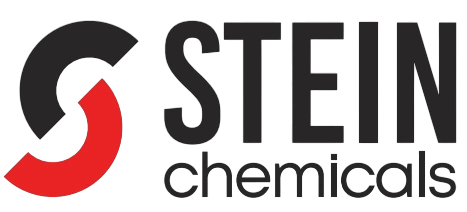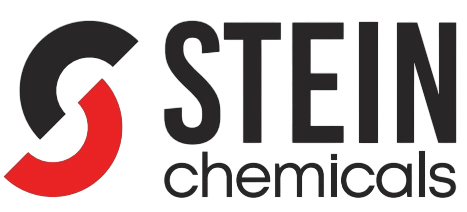PVC Polyvinyl Chloride
Polyvinyl chloride, commonly abbreviated as PVC, is a widely used plastic with many applications. It is one of the most valuable products in the chemical industry. More than 50% of PVC production worldwide is used in the construction sector.
The raw material for PVC consists of 57% chlorine (obtained through the electrolysis of seawater into chlorine, caustic soda, and hydrogen) and 43% ethylene (derived from a series of processes on crude oil). These two components react with each other to produce PVC.
The production of PVC raw material involves the reaction of vinyl chloride, the basic building block obtained by combining chlorine gas from the electrolysis of salt and ethylene gas from the distillation of crude oil, using special chemical catalysts (reaction accelerators) to form large molecules through a process called polymerization.
The production of ethylene gas involves more complex chemical processes, starting with the distillation of crude oil to obtain a substance called 'naphtha,' which is then subjected to 'catalytic cracking' using chemical catalysts to break down large naphtha molecules into smaller ones, resulting in the production of ethylene gas.
The vinyl chloride and ethylene gases are then combined in a reaction to form Ethylene Dichloride (ECD) as an intermediate product. These processes are highly complex chemical reactions. Polymerization is then carried out to connect these vinyl chloride molecules end-to-end, forming large molecules and producing Polyvinyl Chloride (PVC) as the final raw material.
Chemical additives are incorporated into the PVC raw material to impart desired properties such as elasticity, softness, hardness, flexibility, etc. For instance, if plastic pipes are to be made from PVC raw material, chemical additives that provide flexibility and softness to prevent breaking are added. Plasticizers reduce friction forces by forming bonds between polymer chains, preventing chain breakage and giving the material a more flexible structure. The raw material without plasticizers is called U-PVC.
Common applications of PVC include door and window profiles, vinyl siding, pipes and fittings, electrical cables, flooring, hobby materials, etc. Its flexibility and affordability make it widely used in the water and wastewater industry for pipeline systems.
S-PVC, SUSPENSION POLYVINYL CHLORIDE
K58, K67, K70
Pipes, profiles, cables, shoes, films, etc.
E-PVC, EMULSION POLYVINYL CHLORIDE
Tarpaulin, artificial leather, toys, balls, floor and wall coverings, labels, etc.

